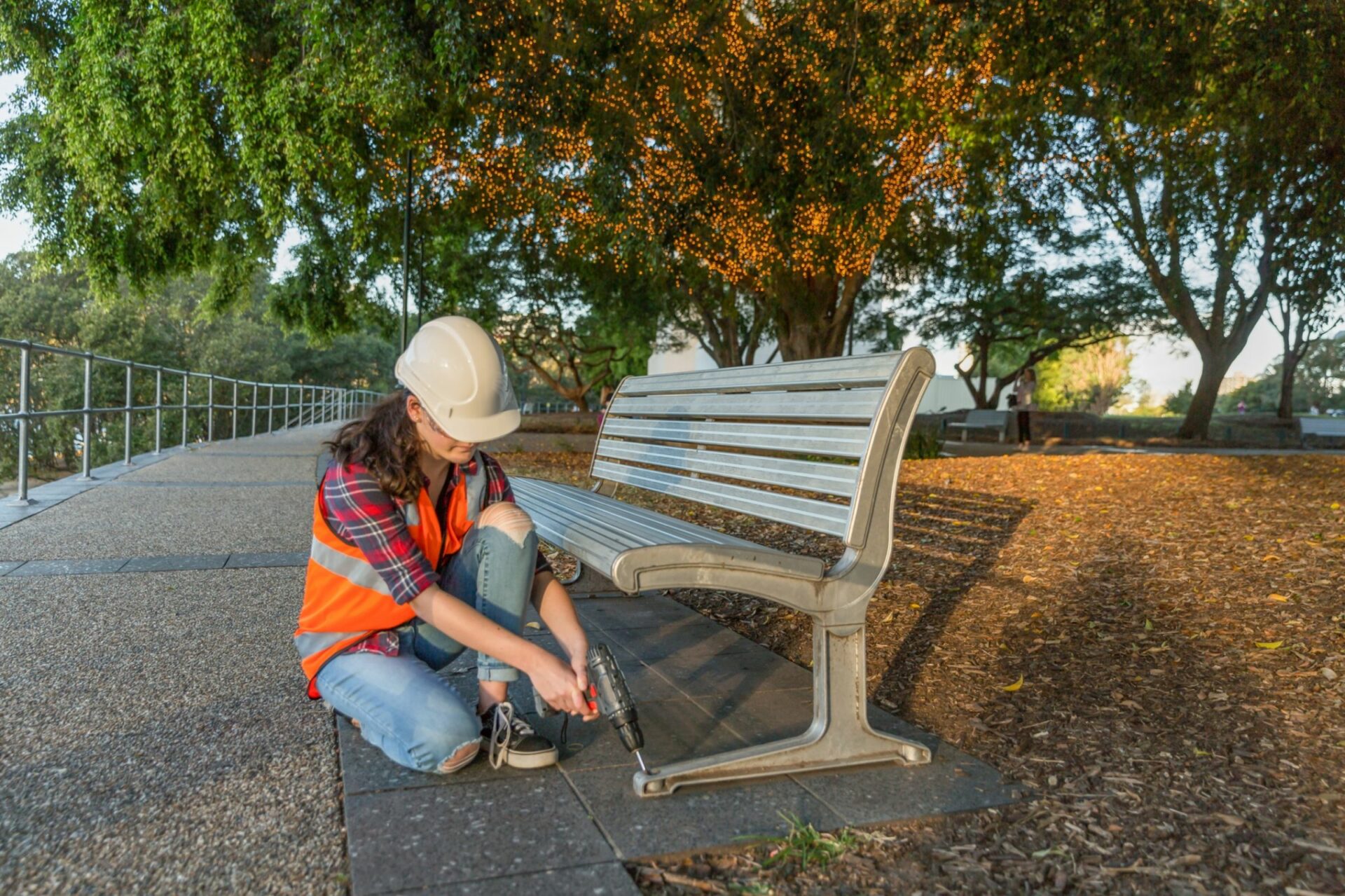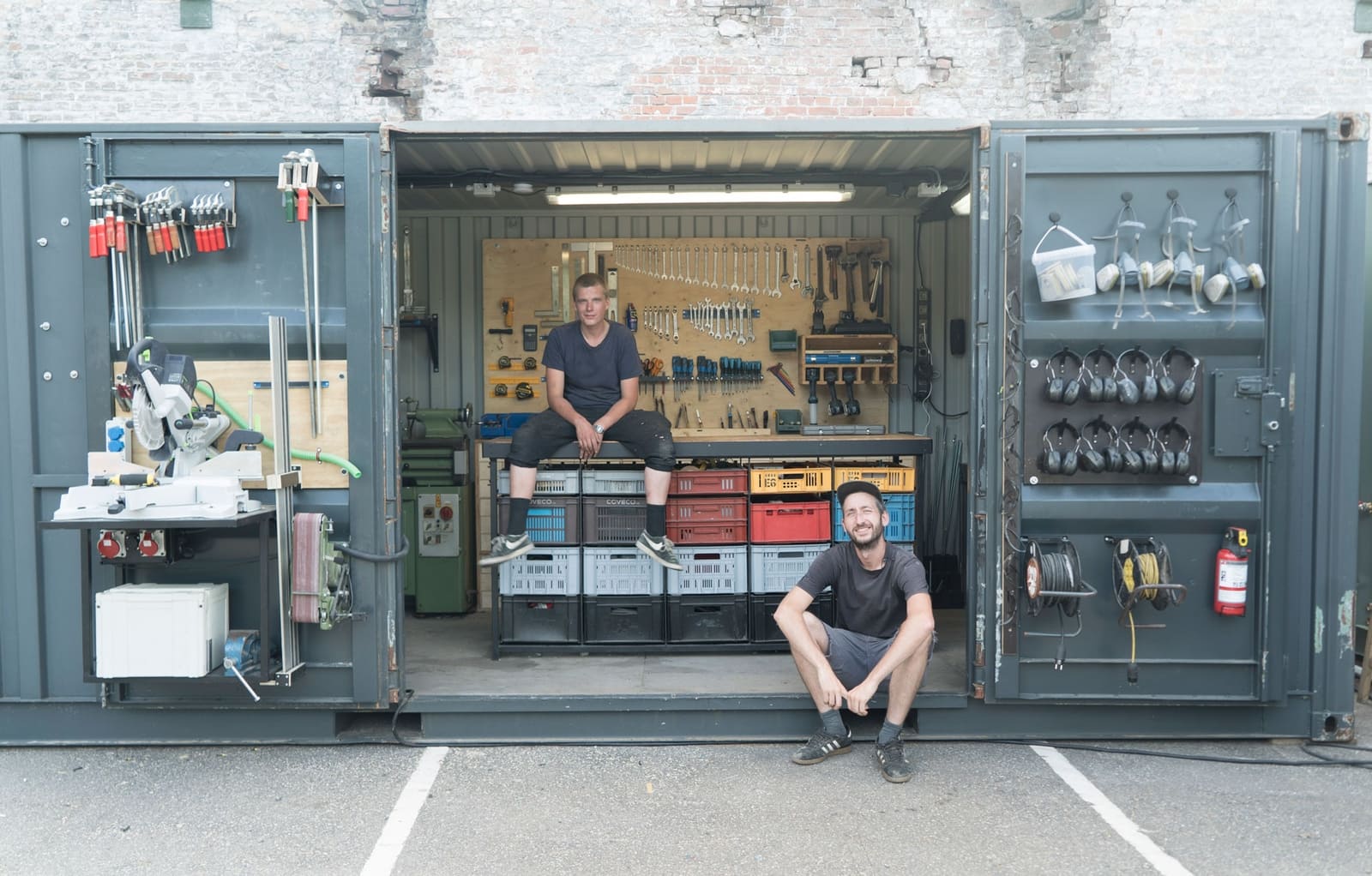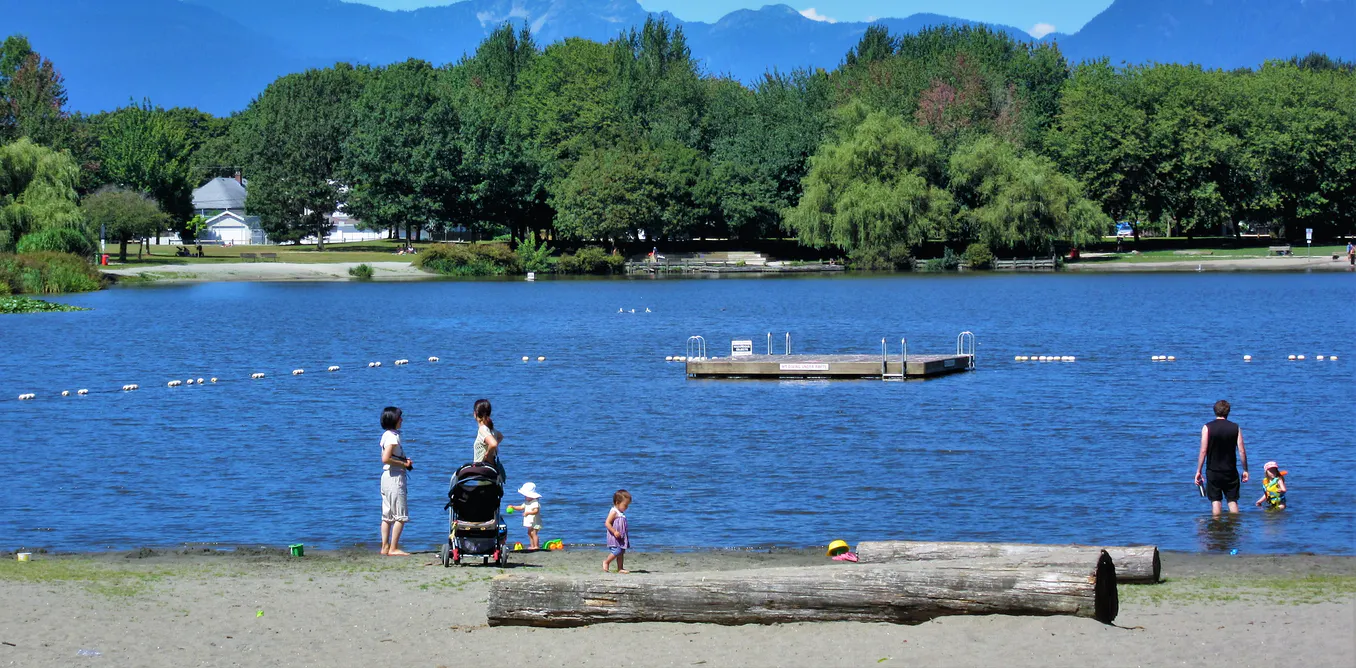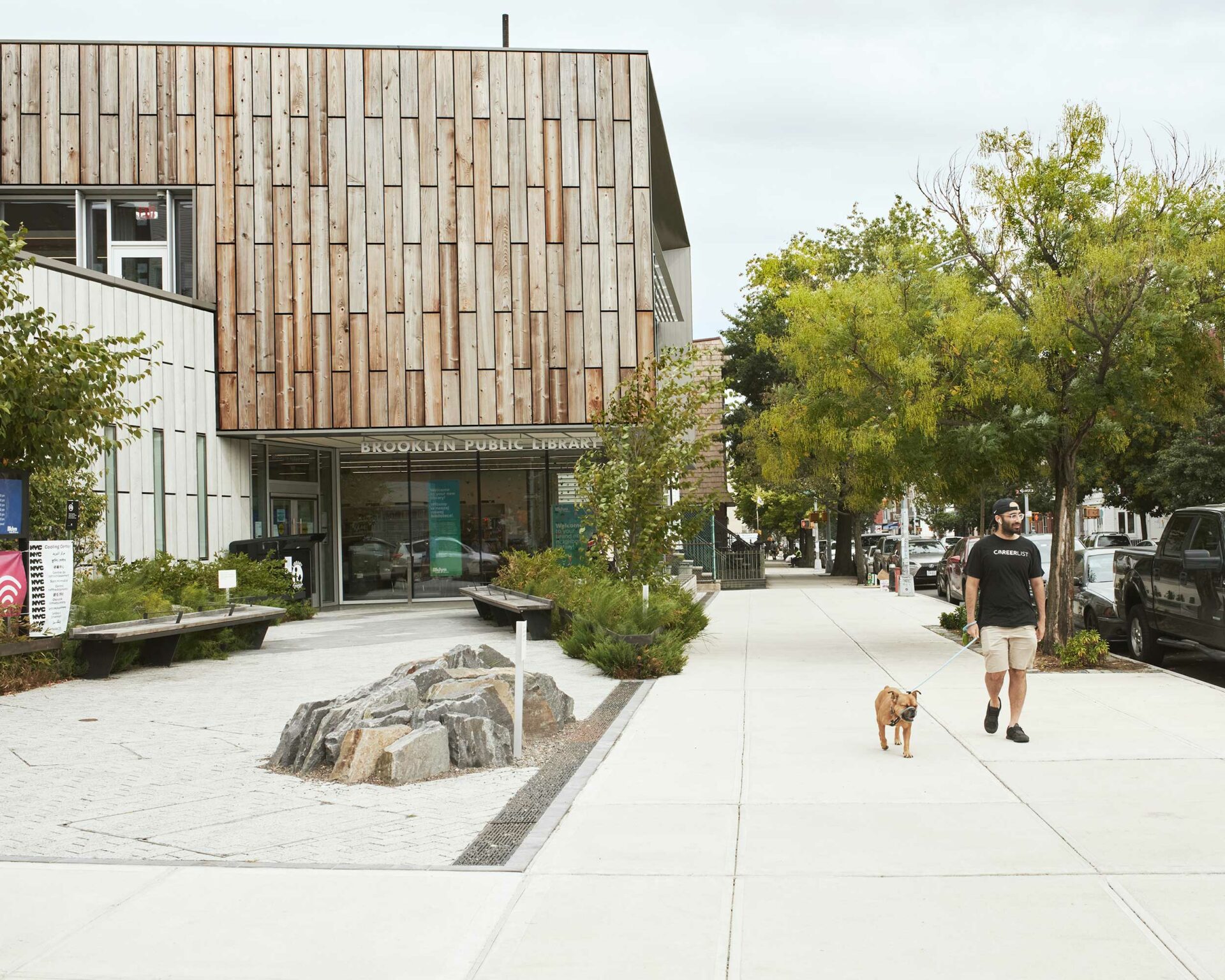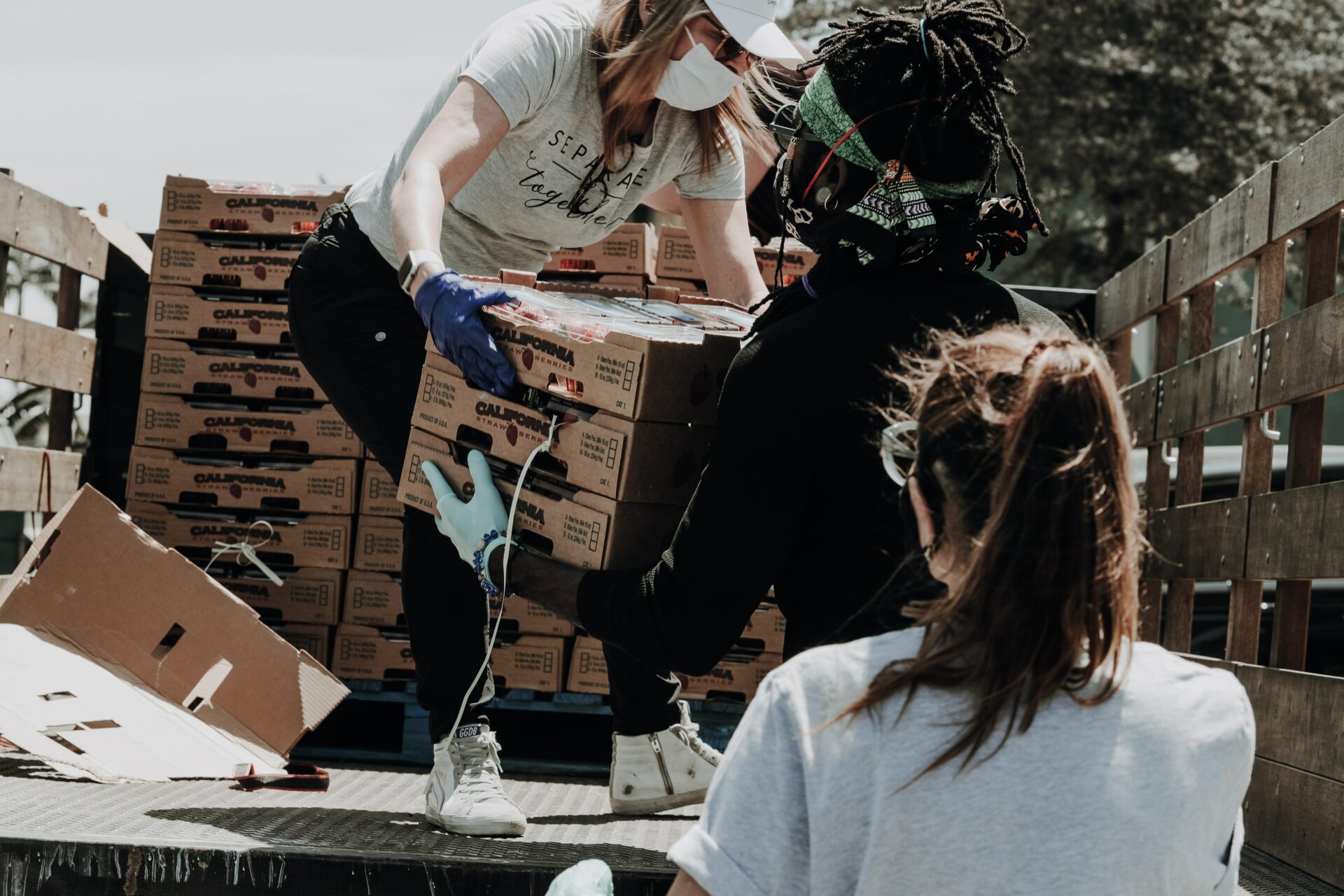The need for a Department of Care
Care and maintenance have been part of many discussions over the last few years, and for good reason. During the pandemic, many realized the importance of essential workers, many of which work in one form of care or another. Even before that, personal care and personal time were gaining importance for a growing number of people, and even though more often than not we refer to them as annoyances or “construction,” what are street work, building renovations, and new infrastructure but maintenance of cities and homes? So it’s no surprise that the concept of care as a driver for city planning is already gaining traction.

